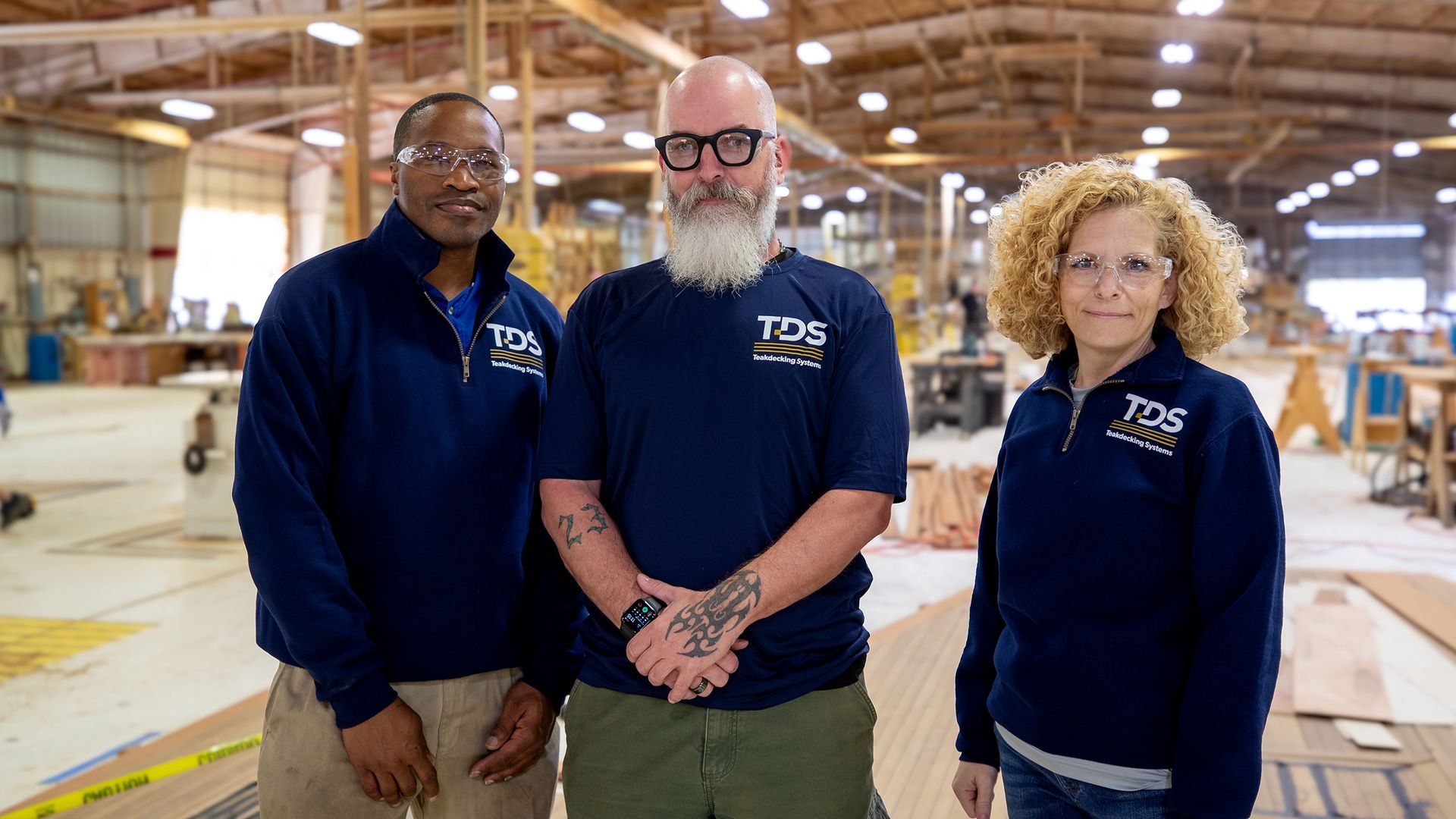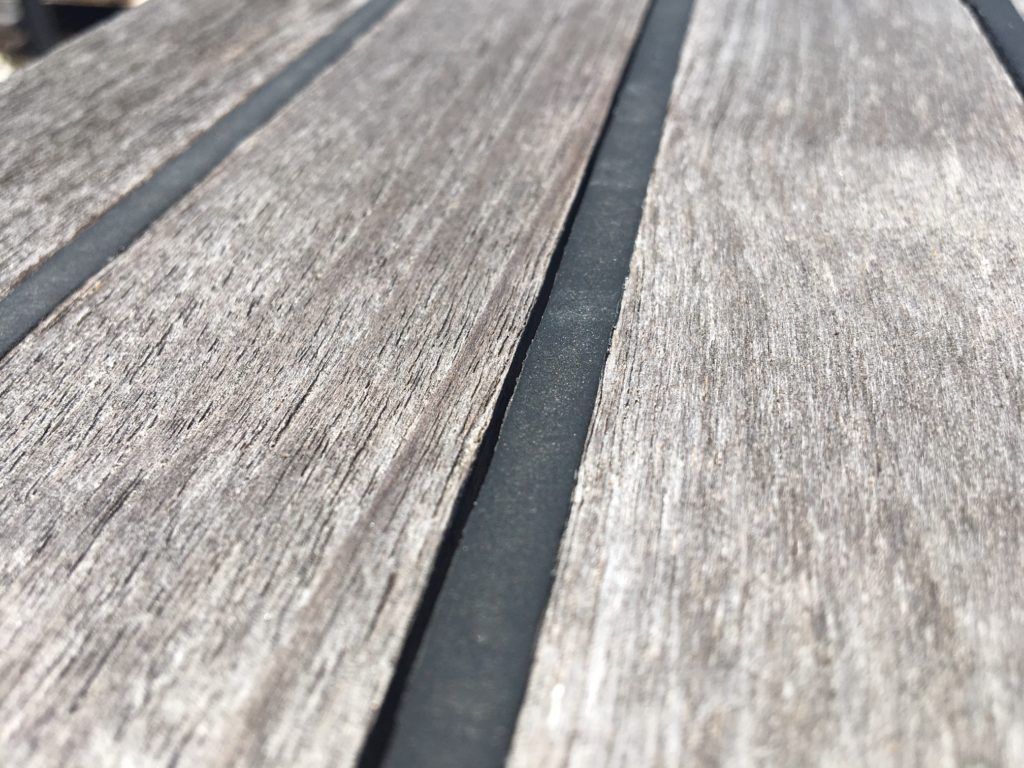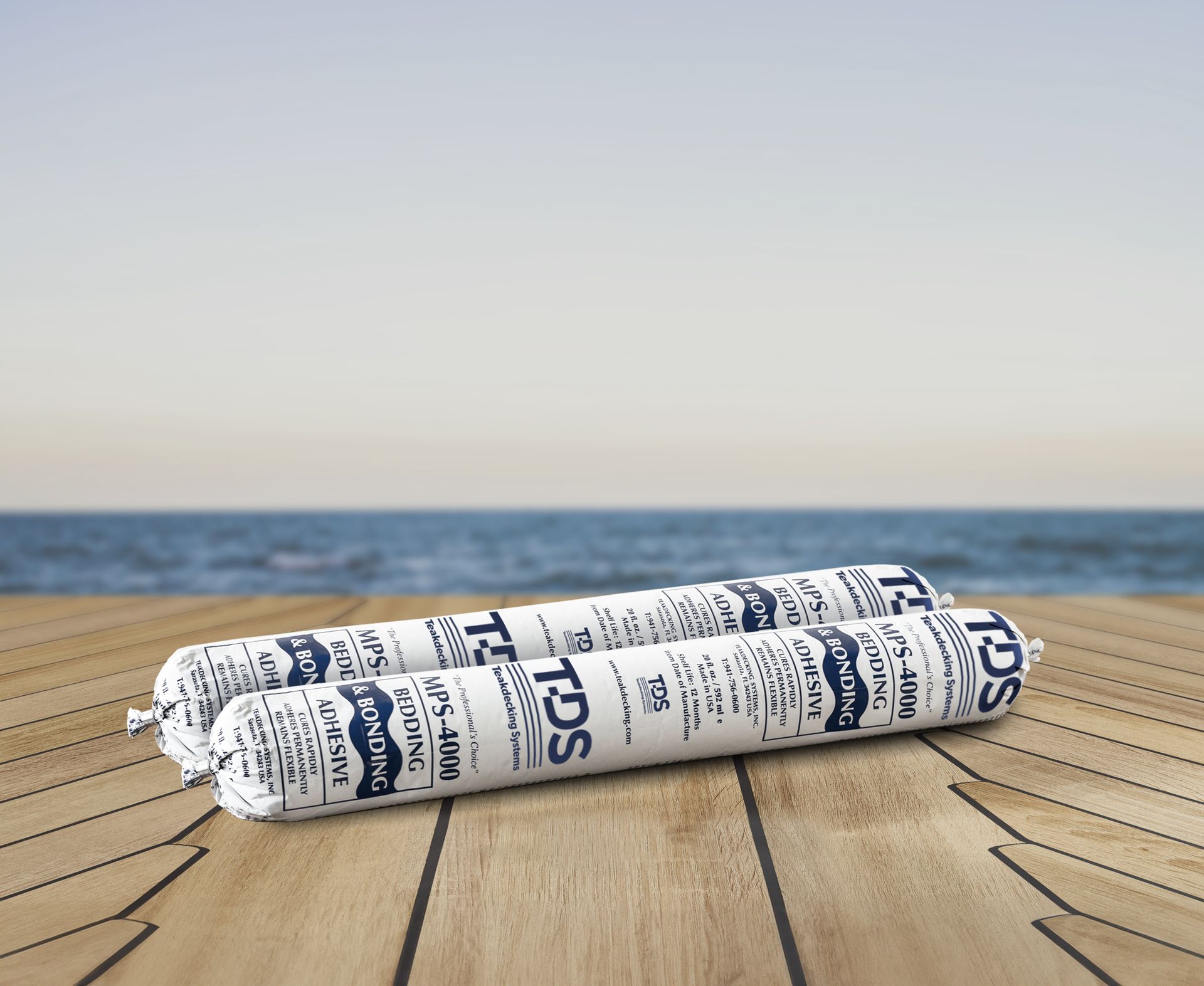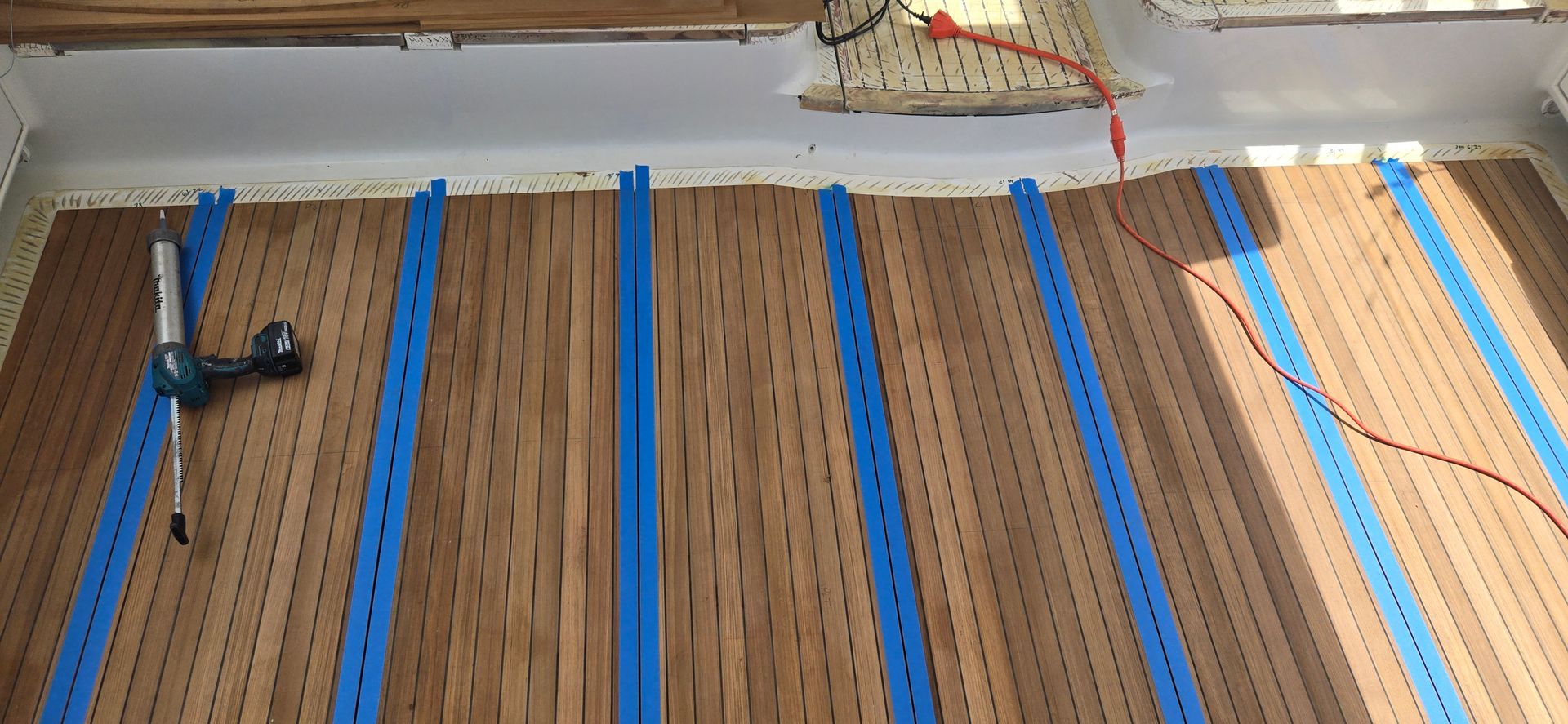TEAKDECKING SYSTEMS LAUNCHES NEW BRAND IDENTITY

After over 40 years in business, we are proud to unveil a new brand identity and website. This new brand represents a pivotal point in our history. Our new identity not only honors our rich heritage in traditional teak decking but also underscores our commitment to innovation and sustainability in the marine decking industry.
The new brand identity includes a new logo, symbolizing the evolution and advancements we have achieved over the past four decades. The new logo and brand elements reflect the company's dedication to incorporating alternative materials such as composite and cork decks into our portfolio of products.
NEW WEBSITE
Our new updated website offers enhanced navigation, detailed product information, and a seamless user experience, making it easier for customers to explore our extensive range of deck solutions and deck maintenance products.

Teakdecking Systems would not be where it is today without our exceptional team. Our dedicated team members are true masters of their craft, consistently meeting the highest standards demanded by our customers and the industry.
Our new company brand honors the excellence and high standards our team has established.
ALL PRODUCTS




